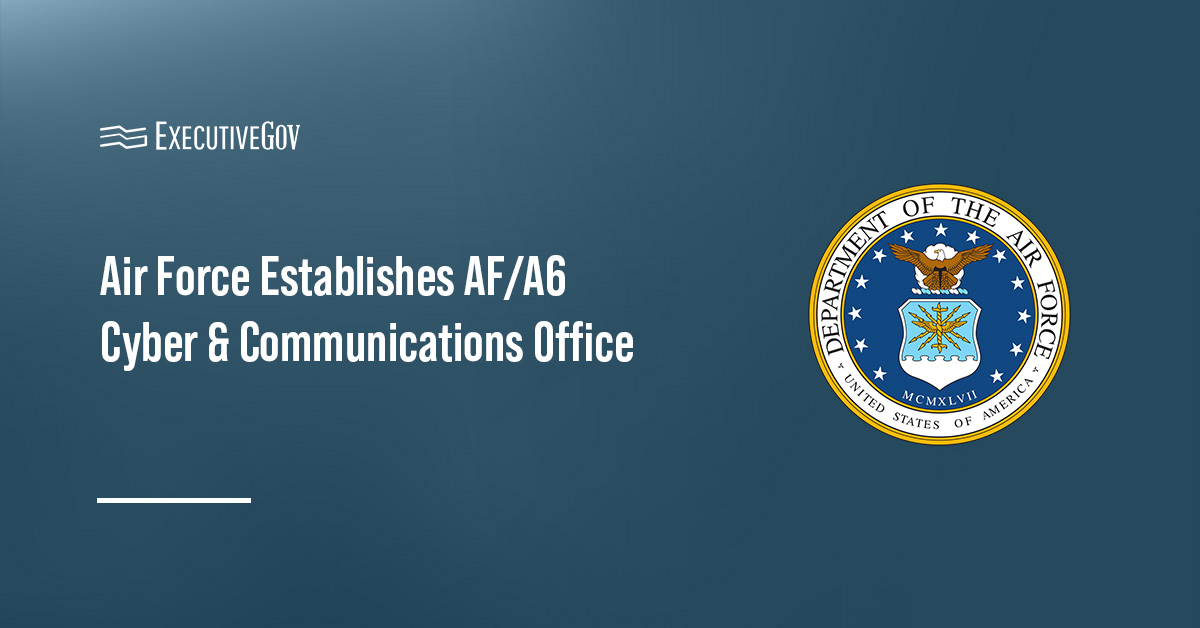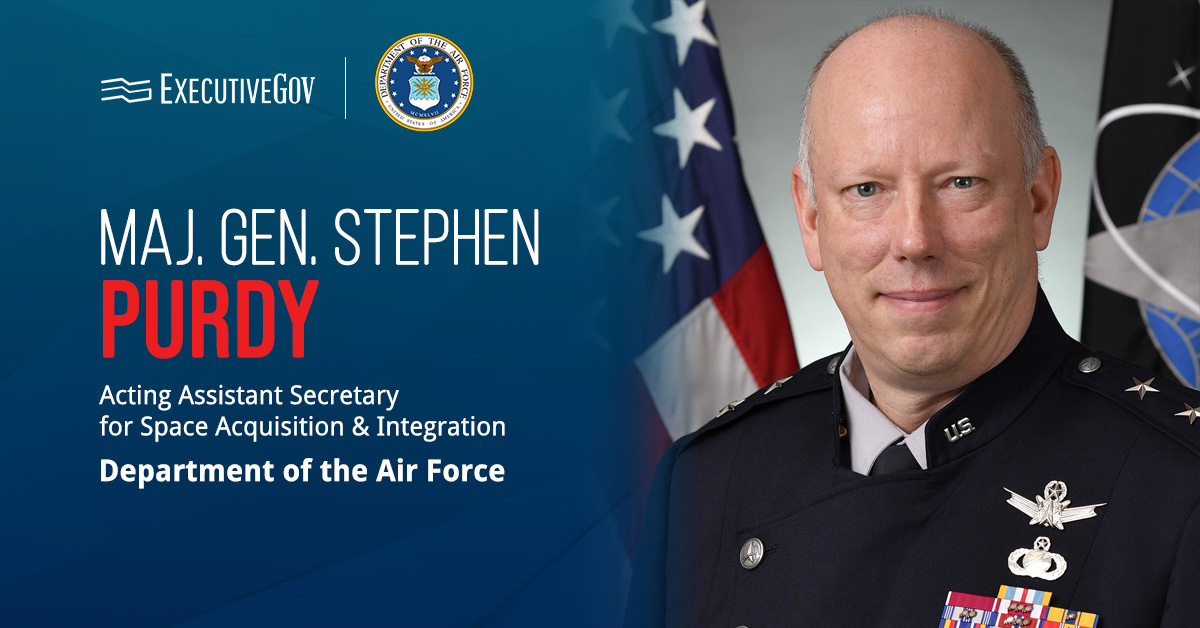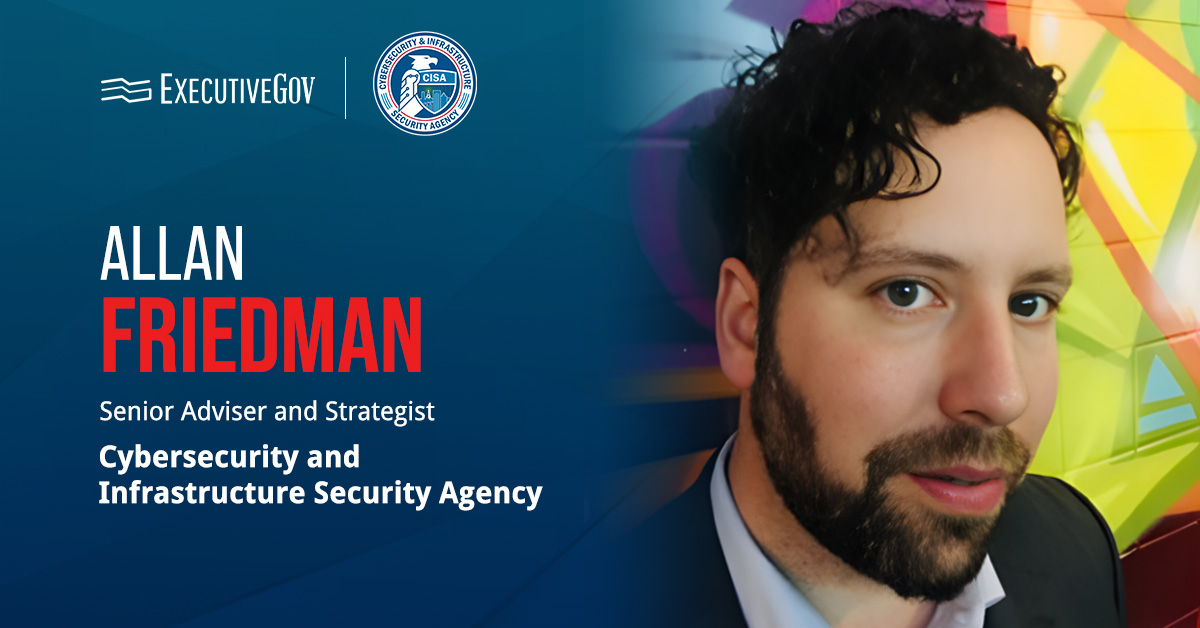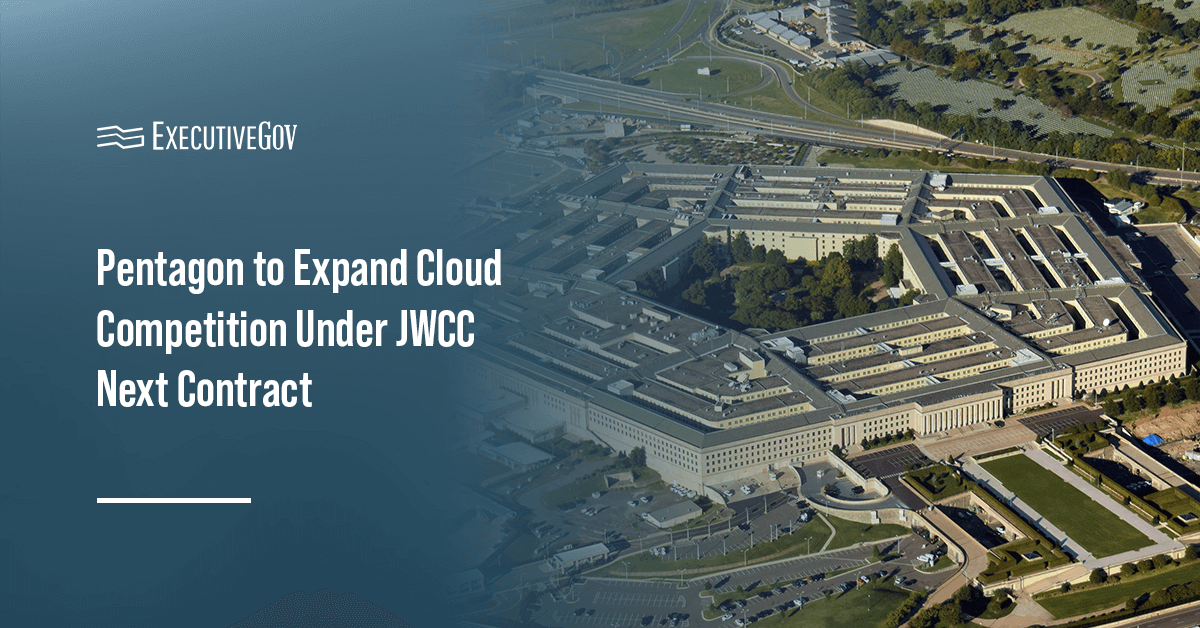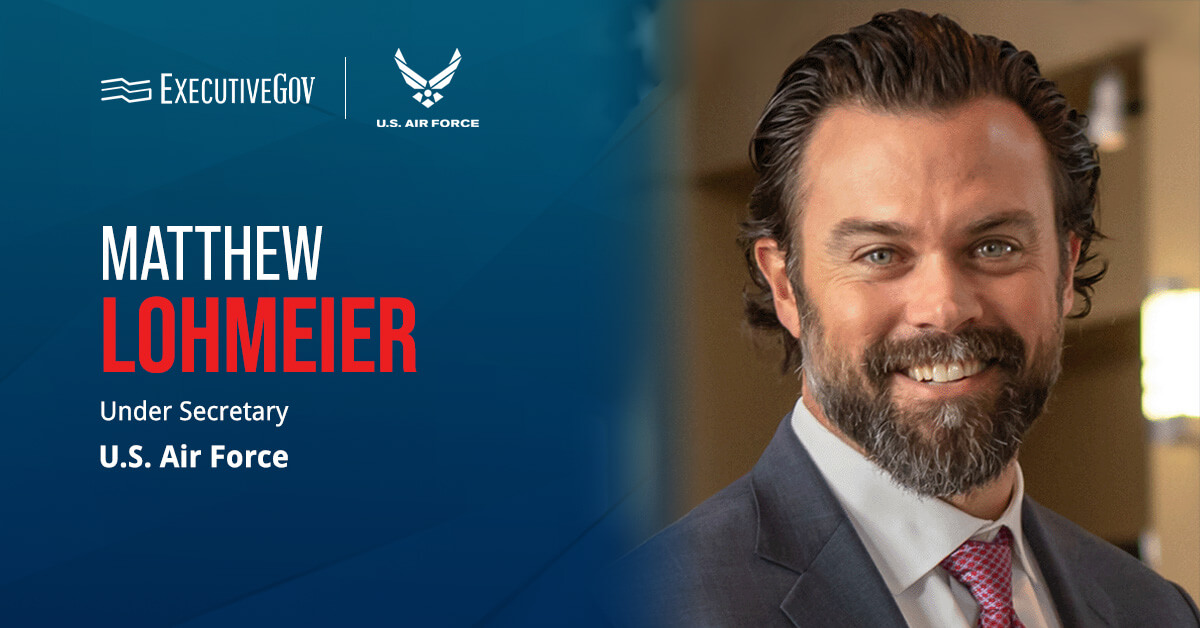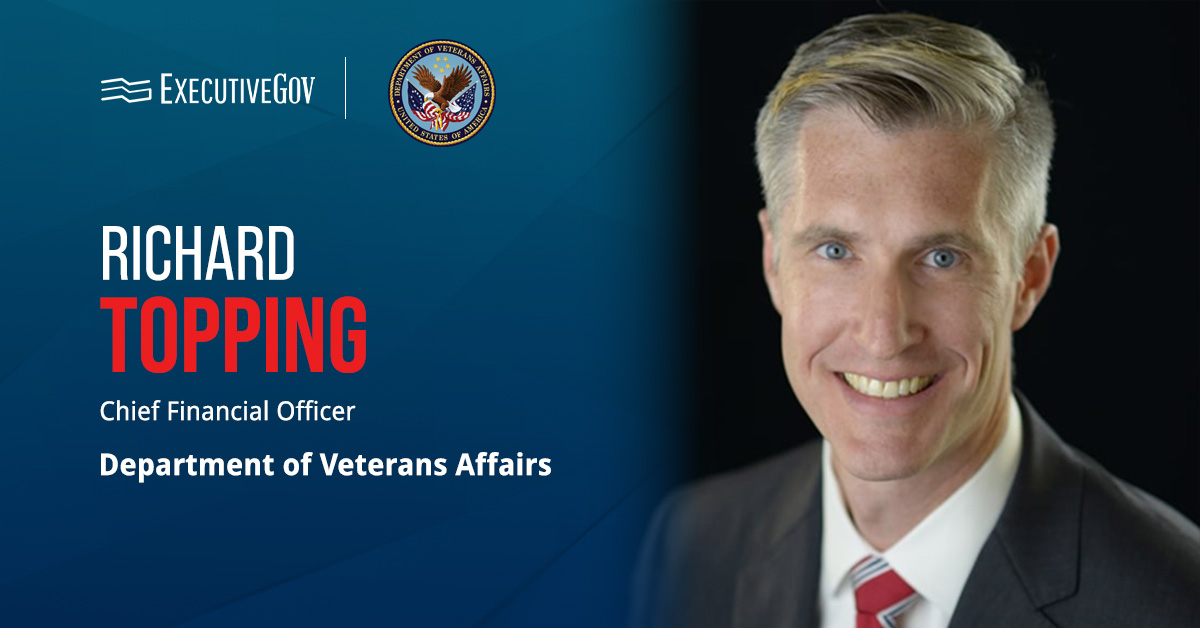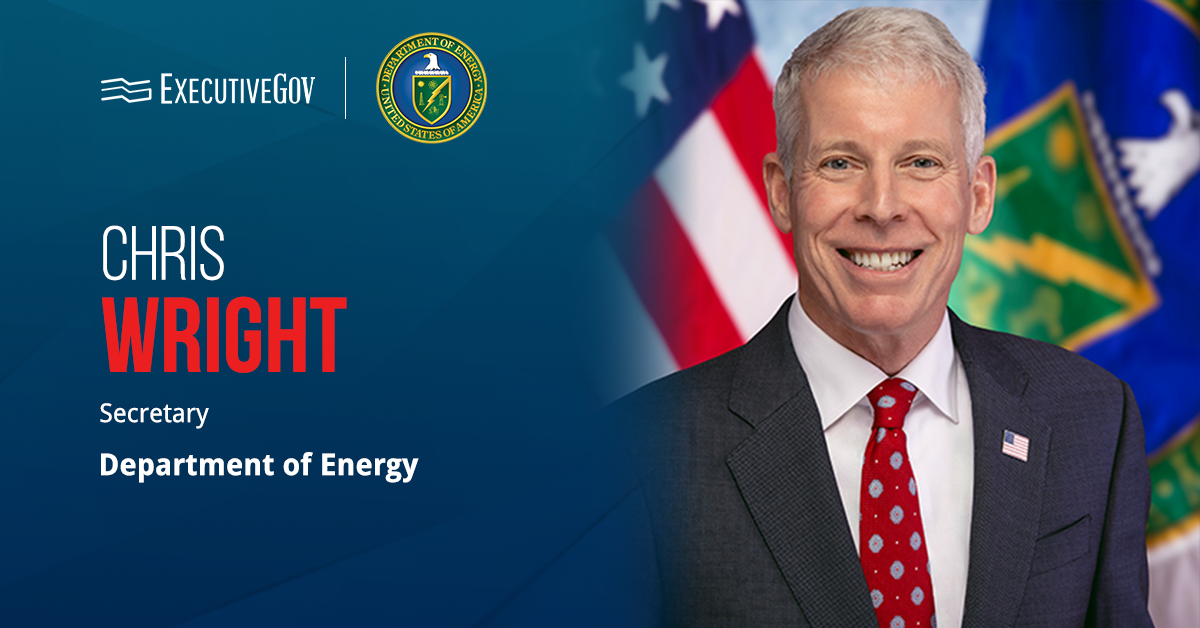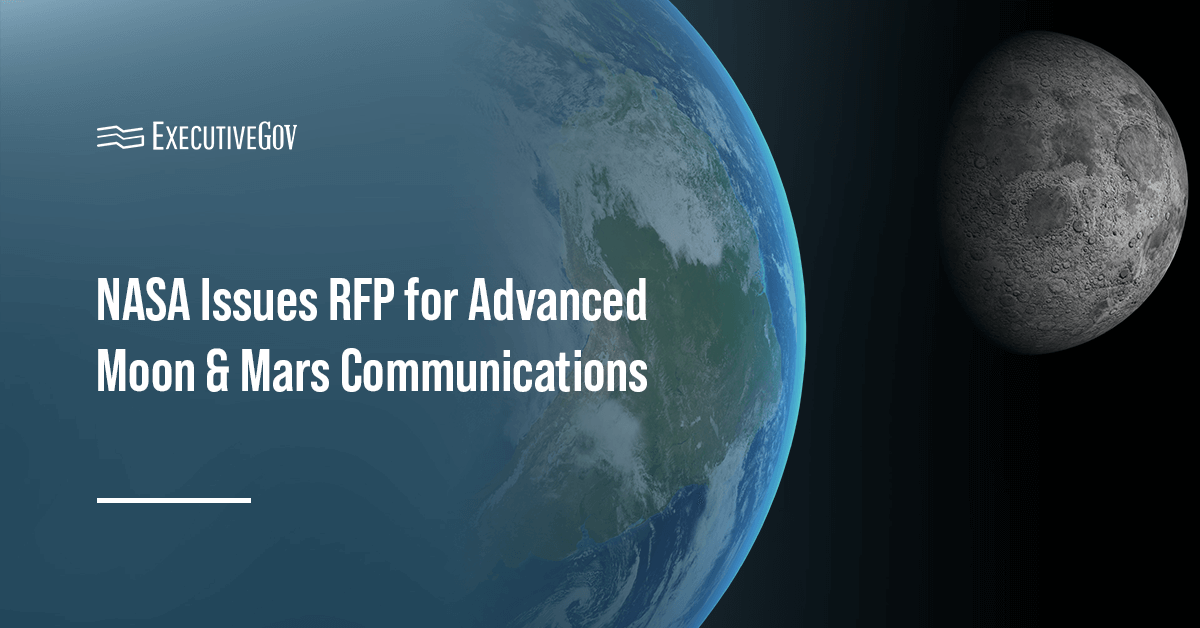The Department of the Air Force has formed the AF/A6 Deputy Chief of Staff office to oversee warfighter communications and cyber systems.
Register for the Potomac Officers Club’s 2025 Air and Space Summit on July 31 to learn about the latest air and defense initiatives to bolster national security.
Boosting Communications & Cyber Systems
The Air Force said Thursday the strategic reorganization divides its previous A2/6 framework into two distinct operational areas, separating communications and cyber responsibilities to enable enhanced and more focused management of each area. The move is intended to align resources and risk management with mission requirements to bolster readiness, resilience and operational effectiveness.
The AF/A6 office will collaborate with the department’s chief information officer, principal cyber adviser, major command A6 offices, acquisition program offices and operational and functional communities. The structural modification aligns with the Department of Defense’s initiative to enhance command and control capabilities, including the DAF Battle Network and the Combined Joint All-Domain Command and Control.
“We created the A6 to ensure communications and cyber systems are available, secure and aligned with warfighter priorities,” said Gen. David Allvin, chief of staff of the Air Force. “This office will help us focus resources and oversight where it matters most — supporting the mission in contested environments.”
Maj. Gen. Michele Edmondson, who will serve as the deputy chief of staff for AF/A6, said, “Our mission is to ensure warfighters have the reliable, secure communications they need to succeed in a complex and contested environment. We’re building an enterprise that connects people, systems and decisions at the speed required by today’s operational demands.”


